Introduction to CBG and its origins
CBG, or cannabigerol, is one of the key cannabinoids found in the cannabis plant. Cannabinoids are chemical compounds that are specific to the cannabis plant and have various pharmacological properties. CBG acts as a precursor to other cannabinoids, including THC (tetrahydrocannabinol) and CBD (cannabidiol), making it an important component of cannabis.
The sources of CBG are hemp seeds, from which plants containing this cannabinoid are grown. Cannabis plants can be of different types: indica, sativa, or hybrids, and each can contain different levels of CBG. Genetics and growing conditions affect the concentration of this cannabinoid in plants.
CBG is formed in cannabis plants from acidic precursors that are gradually converted to other cannabinoids as the plants mature. This happens under the influence of various factors, such as lighting, temperature and plant genetics. Thus, CBG is an important element in the variety of chemical compounds present in cannabis, and it plays a significant role in their pharmacological properties.
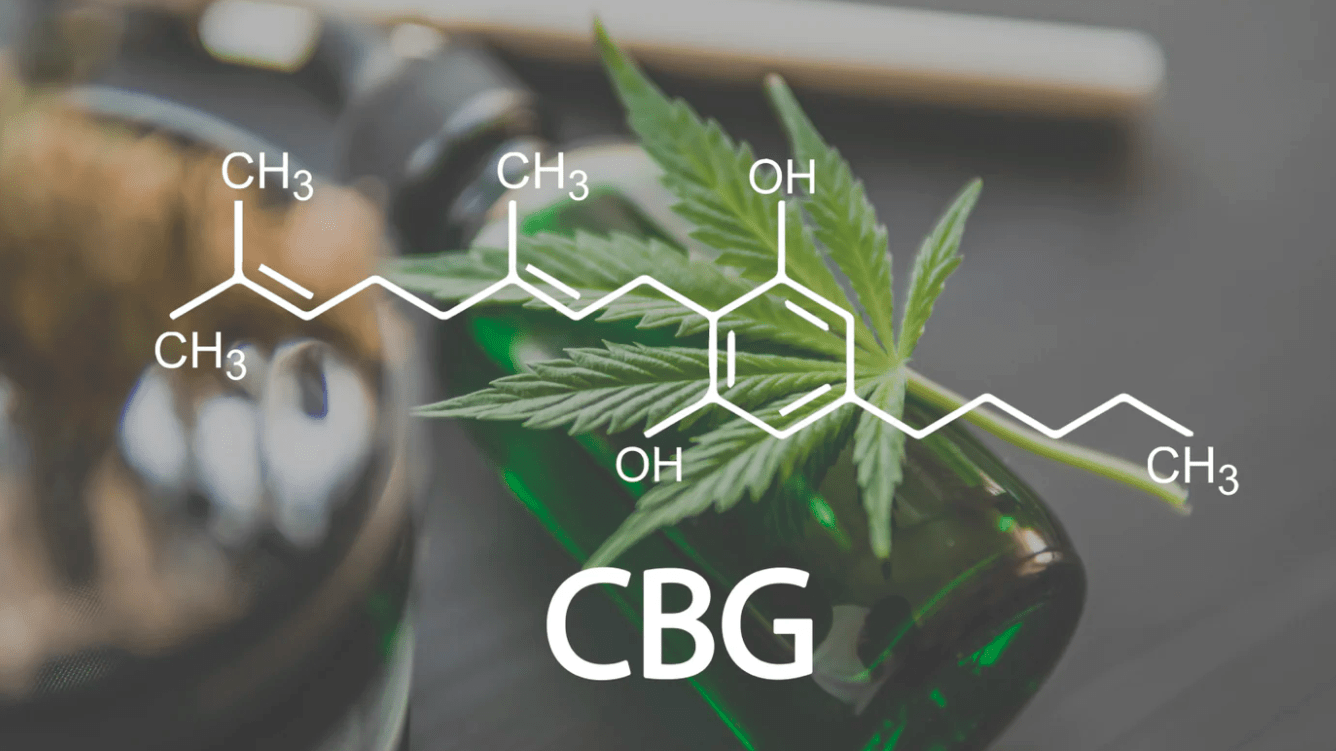
CBG production process
CBG is produced primarily in living cannabis plants. To obtain high concentrations of CBG, hemp plants are specifically grown with this cannabinoid in mind. This process can use different varieties of cannabis, including indica, sativa or their hybrids, depending on the level of CBG required and other factors.
Lighting plays a key role in the CBG production process. Cannabis plants require a certain amount of light for photosynthesis and the production of cannabinoids, including CBG. Various lighting methods are used for this, including artificial lighting in greenhouses and controlled natural sunlight.
Hydroponic systems can also be used to grow high CBG cannabis plants. In hydroponic systems, plants receive nutrients directly through the water, which can improve nutrient absorption and therefore increase CBG content in plants.
In order to ensure optimal growth and development of high CBG cannabis plants, it is also important to consider other aspects of growing such as temperature, humidity, ventilation and ensuring a healthy soil or environment for the plants to grow.
All these factors together determine the final content of CBG in cannabis plants and affect the success of the production process of this cannabinoid.
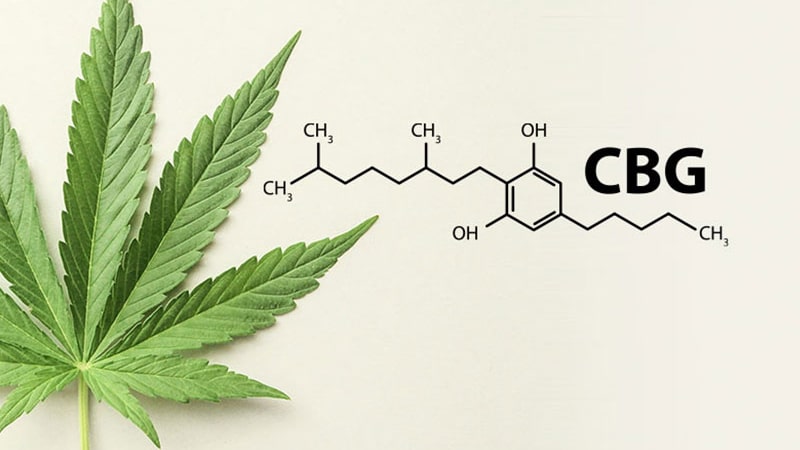
The process of extracting CBG and its application
Once the hemp plants are grown and contain sufficient amounts of CBG, the process of extracting this cannabinoid occurs. The process of extracting CBG can be carried out using various methods, including solvent extraction, distillation or evaporation.
One of the most common methods of extracting CBG is by using solvents such as ethanol or carbon dioxide. The plant material is treated with a solvent to extract the cannabinoids, including CBG. The resulting extract is then subjected to a filtration and purification process to remove excess substances and produce a final product with a high CBG content.
Once CBG is extracted, it can be used in various fields, including medicine and industry. Medical studies show that CBG has a number of potential pharmacological properties, such as antibacterial, anti-inflammatory and antioxidant effects. It may also have potential in the treatment of various diseases, including glaucoma, inflammatory diseases and cancer.
Active research is currently underway to explore further medical applications of CBG and its effectiveness in various settings. Although we already have some evidence for the potential medical applications of CBG, more research is needed to fully understand its mechanisms of action and optimal methods of use in medical practice.
In addition, CBG can also be used in industry to create various products such as cosmetics, nutritional supplements, and construction materials. Possible industrial applications of CBG require further research and development, but its potential in this field could be significant.
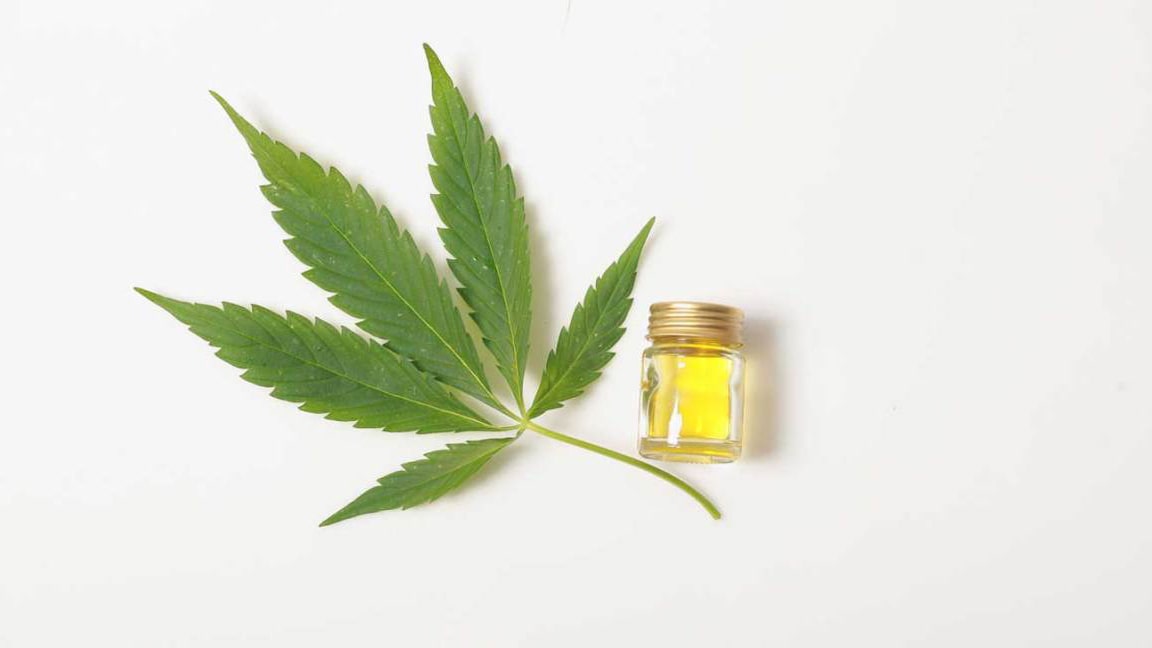
CBG-containing fertilizers and plant growth
The process of growing high CBG hemp plants requires special attention to fertilizers. Plants need certain nutrients for healthy growth and development, and the correct use of fertilizers can significantly affect the CBG content of plants.
Fertilizers containing nitrogen, phosphorus and potassium play a key role in the growth and development of hemp plants. A lack or excess of these elements can lead to nutrient imbalances and lower CBG levels in plants. Therefore, it is important to maintain an optimal ratio of these elements in the soil or environment in which plants are grown.
In addition, there are other micronutrients to consider, such as magnesium, calcium, sulfur and iron, which also play an important role in the growth of cannabis plants. Lack or excess of these trace elements can negatively affect plant growth and CBG content.
When growing cannabis plants for high CBG levels, the pH level of the soil or environment is also taken into account. An optimal pH level ensures better absorption of nutrients by plants and promotes their healthy growth.
Choosing the right fertilizer and applying it correctly plays an important role in the process of growing high CBG cannabis plants. Each stage of plant growth - from the initial growing season to flowering and ripening - requires a specific composition of fertilizers to ensure optimal plant growth and development and maximum CBG production. Careful adherence to fertilizer recommendations can help achieve desired CBG levels in cannabis plants.
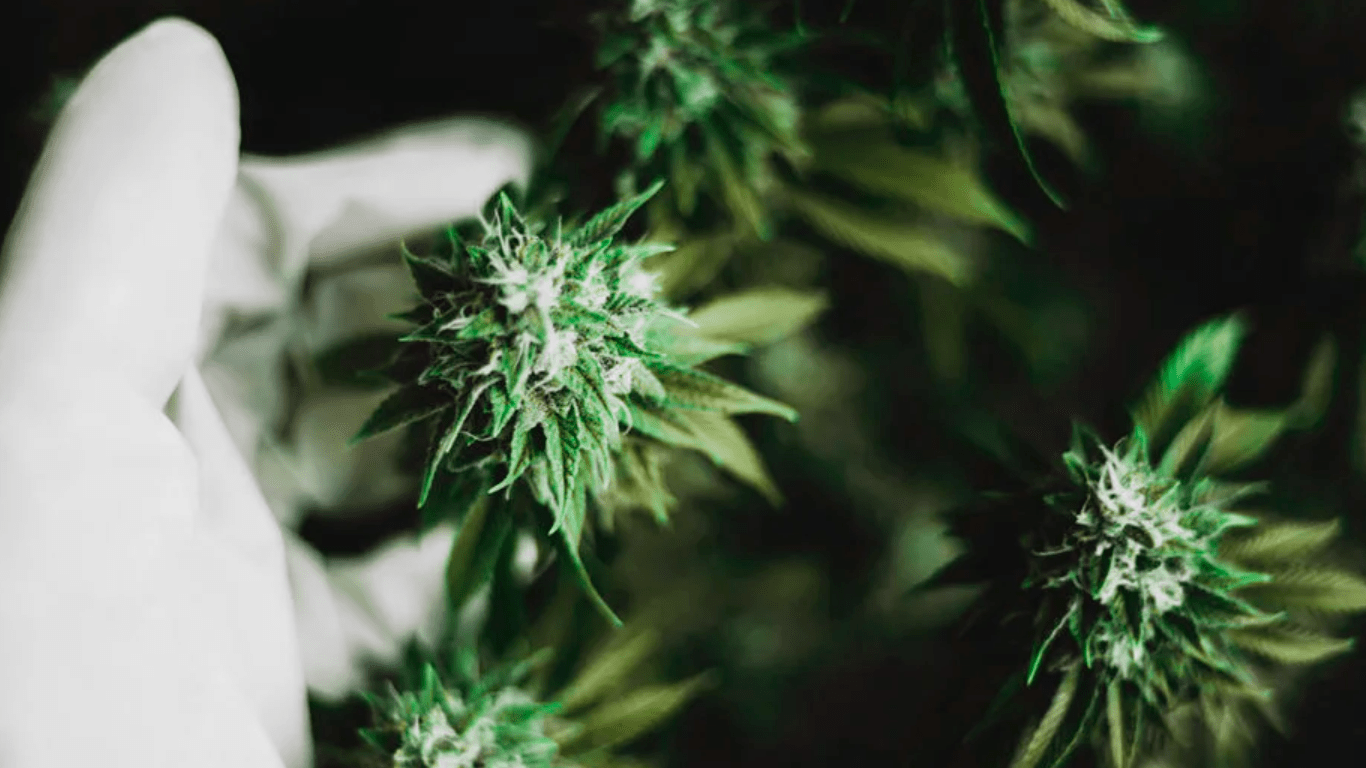
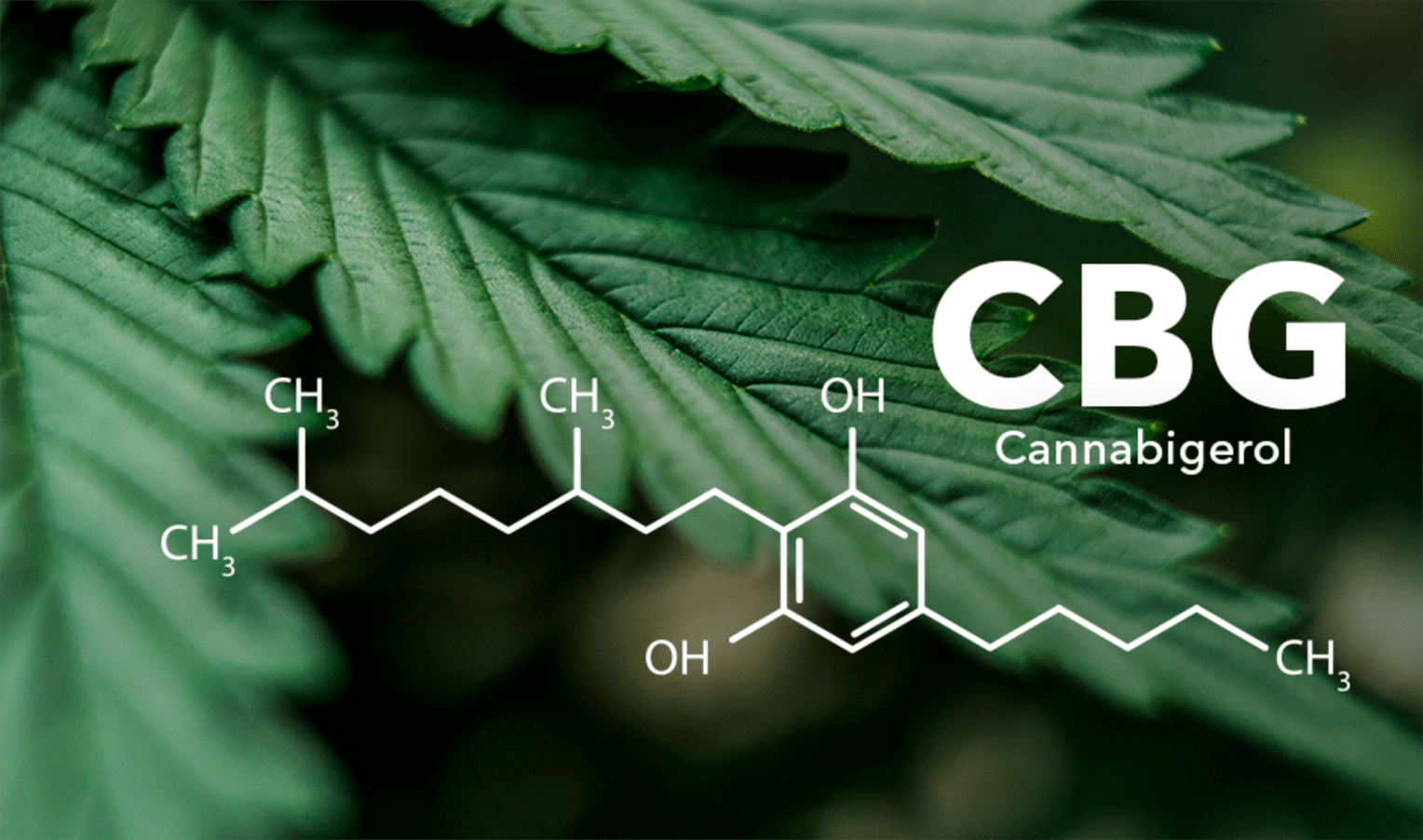

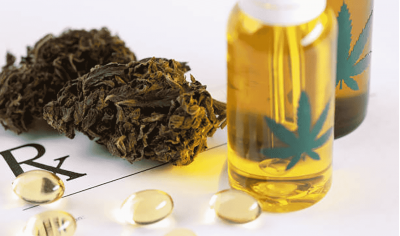

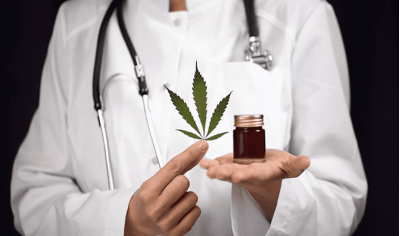
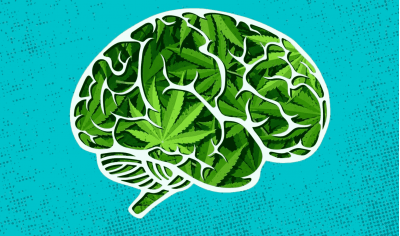
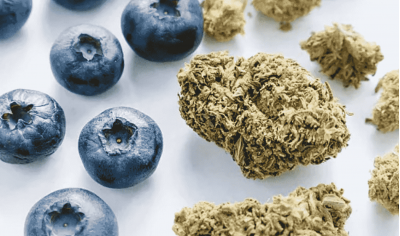



Write a comment